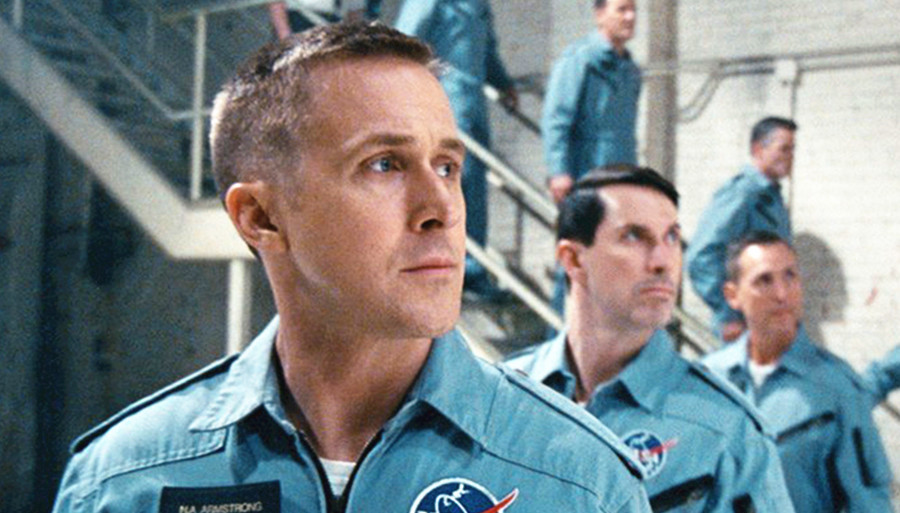
As directors advance in their careers, they can sometimes get self indulgent or repetitive with their films. However, for some, they go down a different path. They try a new genre, a completely different style. While others continue to evolve, some just create a one-off and go back to their ways. Regardless, here are 10 films that show a different side to a director.
1. The Straight Story (1999) – David Lynch
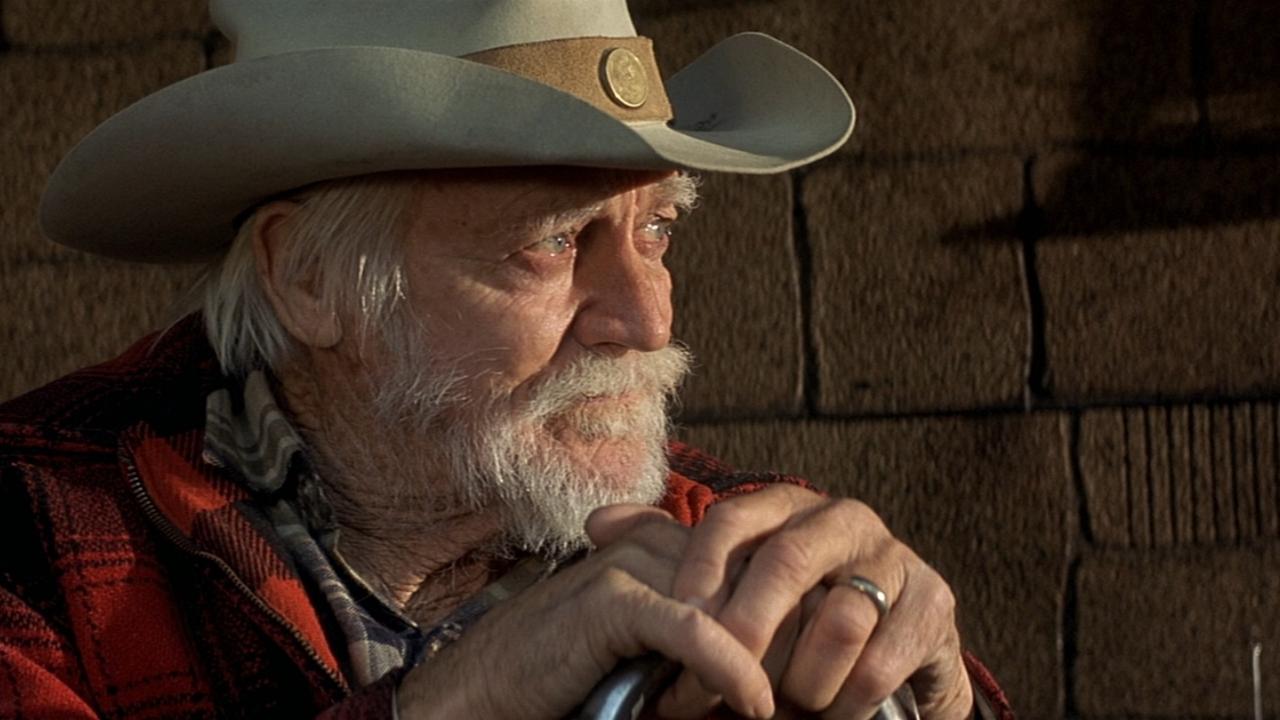
David Lynch doing a straight narrative for Disney sounds like a joke. Well, it certainly wasn’t and Lynch has declared it his most experimental film due to the narrative, pacing, and well, straight story.
The film deals with Richard Farnsworth making a long journey across the Midwest on a tractor to make amends with his estranged brother, Lynch regular Harry Dean Stanton, who just suffered a stroke. As the film plays out, you would never know Lynch directed the film save for some stark dialogue, slight abstraction of scenes, and the ridiculousness of the plot (that is actually based on a true story).
With Lynch essentially going straight, the film allows for its characters to breathe, develop, and slowly reveal who they truly are. It leads to a beautiful conversation and acting piece between Stanton and Farnsworth. So many emotions and memories come to fruition that it might be the most sensitive scene in Lynch’s filmography.
After the film, Lynch would make “Mulholland Drive.” Maybe it was this Disney-produced film that made Lynch want to not only go back to his roots, but expand in ways he didn’t think was capable after playing it straight for a film. And what a lovely film it is.
2. The Favourite (2018) – Yorgos Lanthimos
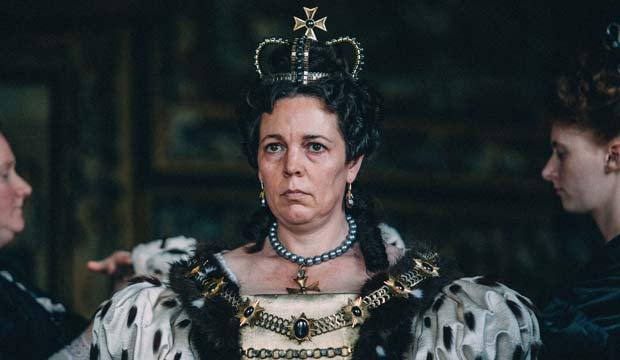
The first film by Yorgos Lanthimos that he did not write was by far his most accessible. Going back to the early 1700s to explore the trio of relationships between Olivia Colman’s Queen Anne, Emma Stone’s Abigail Hill, and Rachel Weisz’s Duchess Sarah in a period pitch-black comedy of manners.
You may wonder how the Greek Weird Wave director who transitioned to English language films with “The Lobster” would fare without his own material. He soared because he is the true auteur behind this film due to all levels of the film’s production. Lanthimos never abandons his true roots because he focuses on female characters who struggle to adapt to their world, absurdity to the point of not making sense, and off-kilter framing of his characters. Then why is this such a departure?
He manages to create a social and political comedy of manners based off of actual events. He never strays away from the historical details, costumes, or timely events in the film. It’s his first non-contemporary film and certainly the one furthest from his Greek films.
Lanthimos continues to create films that are universally his, but manages to do so differently with the subject matter and always pushes it a bit further. And here, he certainly did so, with arousing results.
3. Thelma (2017) – Joachim Trier
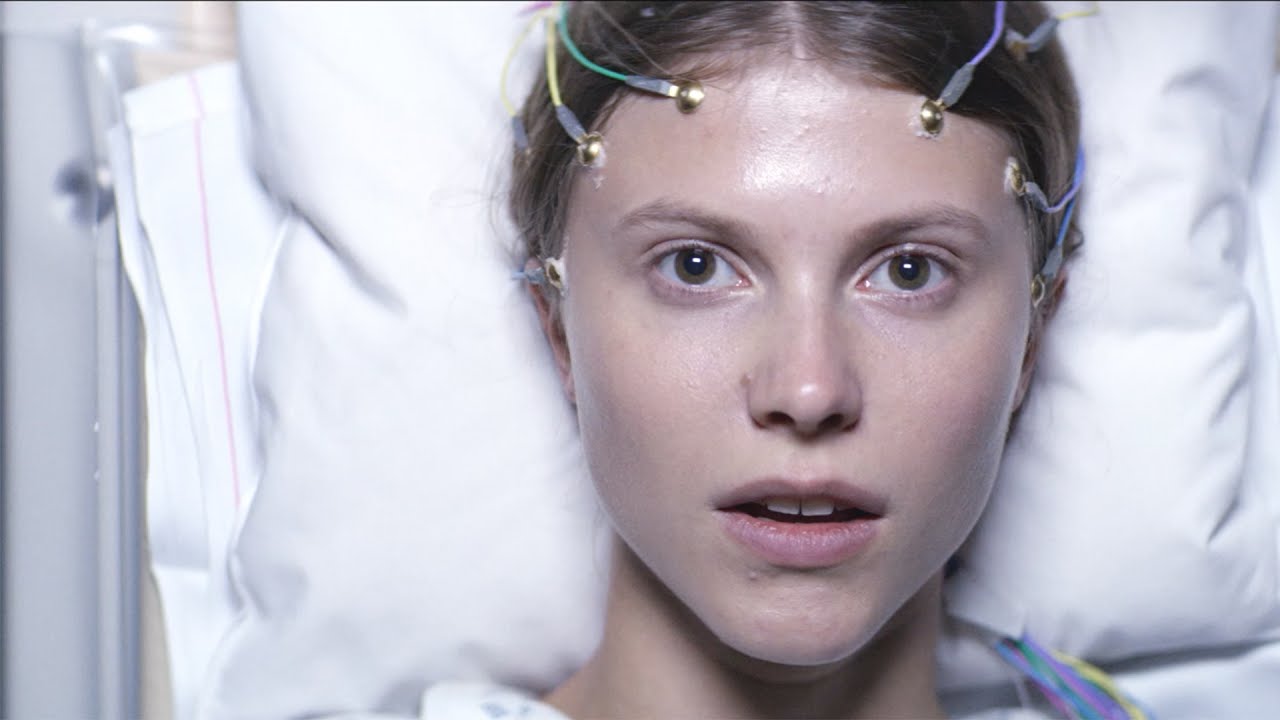
A film that merges many influences and works slightly off of themes explored in his first three films, Joachim Trier makes a supernatural thriller infused with many layered themes. Some can view the film as a cross between Ingmar Bergman and Brian De Palma, and they’re not far off.
From the opening scene that sets forth the film, we know we’re never going to be settled or comfortable about what’s to happen and most importantly, the choices these characters will make. However, with the lustful desire that Eili Harboe’s Thelma has for another young woman at her university, going against the will of her parents, we are entranced.
Trier still keeps his themes of young men and women trying to tackle their own consciousness and purpose in life, but he strips away from his montage-like mini stories filled with voice over and really lets the film settle over you. He shows he can work within many genres ranging from supernatural, thriller, horror, religious, or mystery. Sure, his films were wide-ranged, but were grounded in reality and performance.
With this film, Trier breaks away from his previous trio of films by literally going darker in every sense, which makes it all the more exciting to see what he does next.
4. Pirates (1986) – Roman Polanski
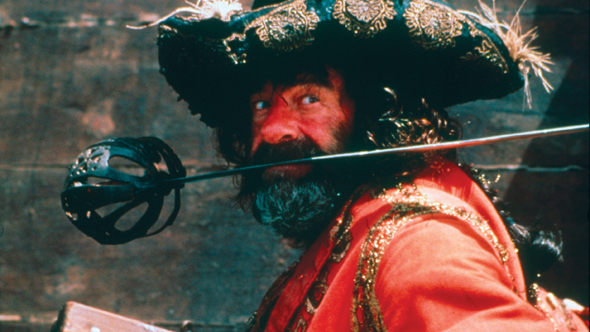
No tragedy or controversy can slow Polanski down, and after a seven-year hiatus after his film “Tess,” dedicated to his late wife nonetheless, he wanted to do something for fun.
After numerous trips to Disneyland and watching films that reminded him of childhood, he wanted to make a film that all can enjoy. So, he made a film about pirates with Walter Matthau at the helm. In the history books, the film is not well received. However, according to its star, he felt the real atmosphere and characters on the set. And that’s what Polanski wanted to do – make an enjoyable film. And by getting away from the psychological terror and bloodshed, he did a complete 180.
It wasn’t long before Polanski returned to his roots and gathered further acclaim, but with this 1986 film, we see a different side of him to show that even a man with a horrible childhood, escaping the Ghetto in Warsaw, that he could still make an entertaining film for children and even adults, despite a personal history and filmography that proved otherwise.
5. Days of Wine and Roses (1962) – Blake Edwards
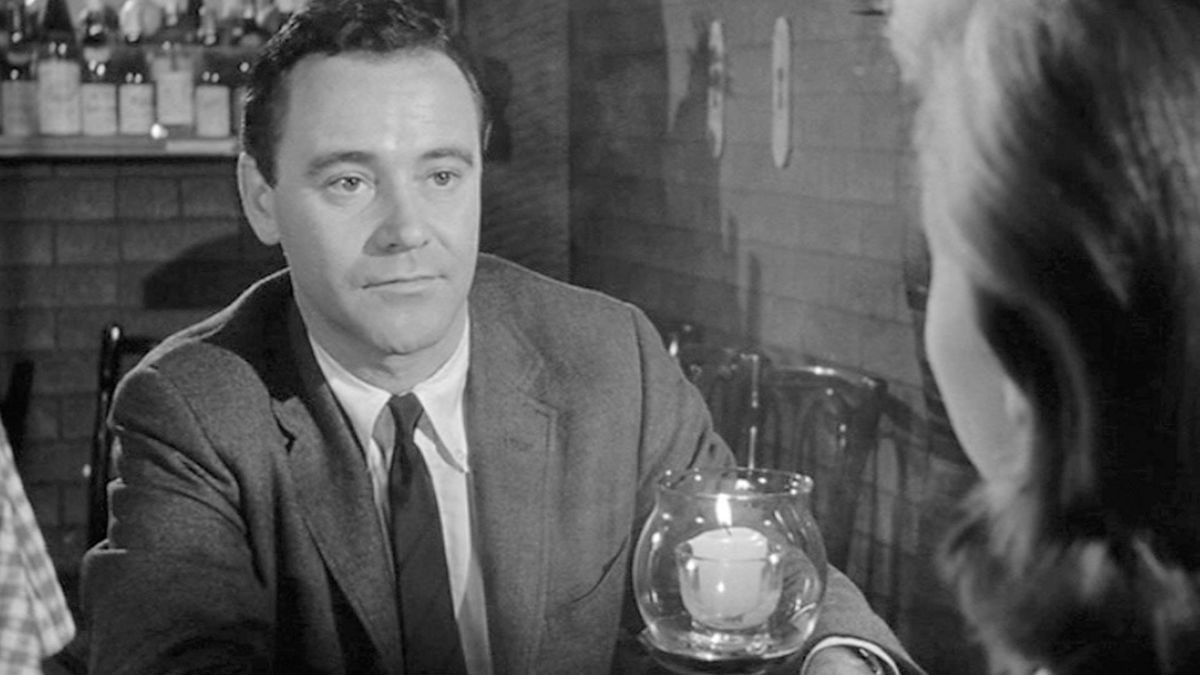
Forget the Pink Panther films or light romantic comedies or the very British elite films. Blake Edwards took a different turn right after “Breakfast at Tiffany’s” with this dark, psychological film about the effects of alcohol between a married couple.
As the film opens with Jack Lemmon, the heavy-on-the-bottle husband and his innocent, naive sober wife Lee Remick, we don’t expect to see where things will go from here. As the film unfolds in stark a black-and-white theatrical setting, we start to see a reversal of choices and moods between Lemmon and Remick. Both actors here are truly exceptional, with Lemmon even stating that it was his personal favorite film from his filmography.
Maybe Edwards saw the Clay couple as an inner persona of himself, going from light-minded films to more heavy films. Perhaps he was experimenting and trying for his own reversal of choices and moods for his films.
Regardless of his other successful comedies, this film established Edwards as a director that mattered in Hollywood. He wasn’t a director to hire for comedies or abide to the Hollywood model; he could tell a brutally honest story of a couple in a deep, somber state, unlike anything he ever did.